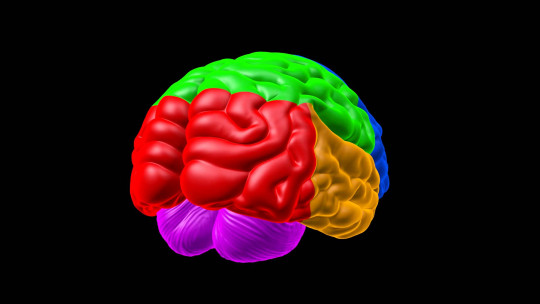The concept of cognitive schema is one of the most important concepts used in current psychology, regardless of whether it is in intervention and therapy or in research. Thanks to it, it is possible to create theories about different patterns of behavior, biases and prejudices, and types of beliefs that define each person.
In a way, each of us we have our system of cognitive schemes , and these are expressed from what we say and do. They are part of our identity and the way in which we have become accustomed to “reading” reality.
In this article we will see what exactly cognitive schemes are and how they affect our way of thinking, whether consciously or unconsciously.
What are cognitive schemas?
Part of our identity is based on the way in which we mentally organize all those concepts, beliefs and learning that we use to live every day. In fact, if the human mind is so complex and fascinating, it is among other things because it can find an almost infinite amount of ways to generate interpretations about reality each of them having a relative internal coherence.
However, it is difficult for the same person to maintain many well-differentiated patterns of behavior at the same time. In practice, in fact, this would indicate that there is no style of behavior, but rather that what defines the actions of that individual is pure and simple chaos, the unpredictable. Reality, on the other hand, tells us that our way of being follows relatively stable guidelines. Those who avoid talking to strangers are very likely not going to seek to be the center of attention overnight, for example.
Our way of interpreting the world, our identity and social relationships is not random and constantly changing, but rather follows certain patterns that give it stability over time and in the different contexts we go through.
Now… what is behind these “rails” that seem to guide our behavior? Part of that “psychological structure” that gives stability to what we do It derives precisely from what we think.
We normally do not act in a way that goes against our beliefs, unless we are forced to do so. And cognitive schemes are precisely the designs of that circuit through which our thinking and our opinions usually go.
Of course, the idea that our way of interpreting reality is based on something we call “cognitive schemes” does not mean that these are an element locked in our head, isolated from the outside. In reality, its configuration is conditioned by the cultural influences to which we are exposed, as well as by specific day-to-day experiences (although in most cases these kinds of “imprints” are almost imperceptible). Cognitive processes and external events affect each other, in a bidirectional relationship.

Moving from one concept to another: a system of thought
In short, cognitive schemes They are systems of relationships between concepts that make there a greater probability of moving from certain ideas to others. For example, if for us the concept of consuming animal meat is related to the concept of “bad”, it is difficult for us to think about the concept of “art” when watching a bullfighting show.
Another example would be someone who fervently believes in the Christian god. For this person it is easy to see the hand of an engineer behind the design of the elements that he finds in nature. Consequently, the concept “nature” will be related to a concept that defines only a part of what exists, and not everything, so it will believe that there is something beyond matter: divinity.
For an atheist, on the other hand, it is much more likely that the concept of “nature” maintains a relationship of equivalence with the concept of “what exists”, since for him there is nothing more than matter in motion.
To end, someone who has very low self-esteem You will probably have problems combining your self-concept with the idea of ”success.” That is why he will learn a style of attribution by which he will interpret that his achievements are actually a simple fruit of luck, something that could have happened to anyone. On the other hand, it will also be more possible for him to interpret the misfortunes that happen to him as if they were his fault, leading to cases in which he takes responsibility for aggressions and attacks by others; This is something that is seen a lot in victims of abuse.
Thus, cognitive schemes make let’s go from concept A to B more easily than from A to G and in this way “networks” of strongly interconnected concepts are generated that maintain a certain coherence.
Cognitive dissonance
The fact that we live interpreting things through cognitive schemes has positive aspects, but there are also negative ones. For example, these psychological schemes they give our mental processes a certain rigidity. This, at best, can lead to some difficulty in understanding other people’s perspectives, or, possibly, in carrying out creative tasks (researching creativity is complicated); and in the worst case, it leads towards dogmatism.
However, there is another phenomenon that is also a consequence of the solidity of cognitive schemes: cognitive dissonance, a phenomenon by which we feel discomfort when holding two ideas that are contradictory to each other.
These are pros and cons that you have to know how to manage, since it is not possible to do without cognitive schemes. What we can do is try to make them more useful than problematic. In fact, cognitive therapy, based on the ideas of Aron Beck, is based on that principle: modifying beliefs to make them serve us, and not us them.









